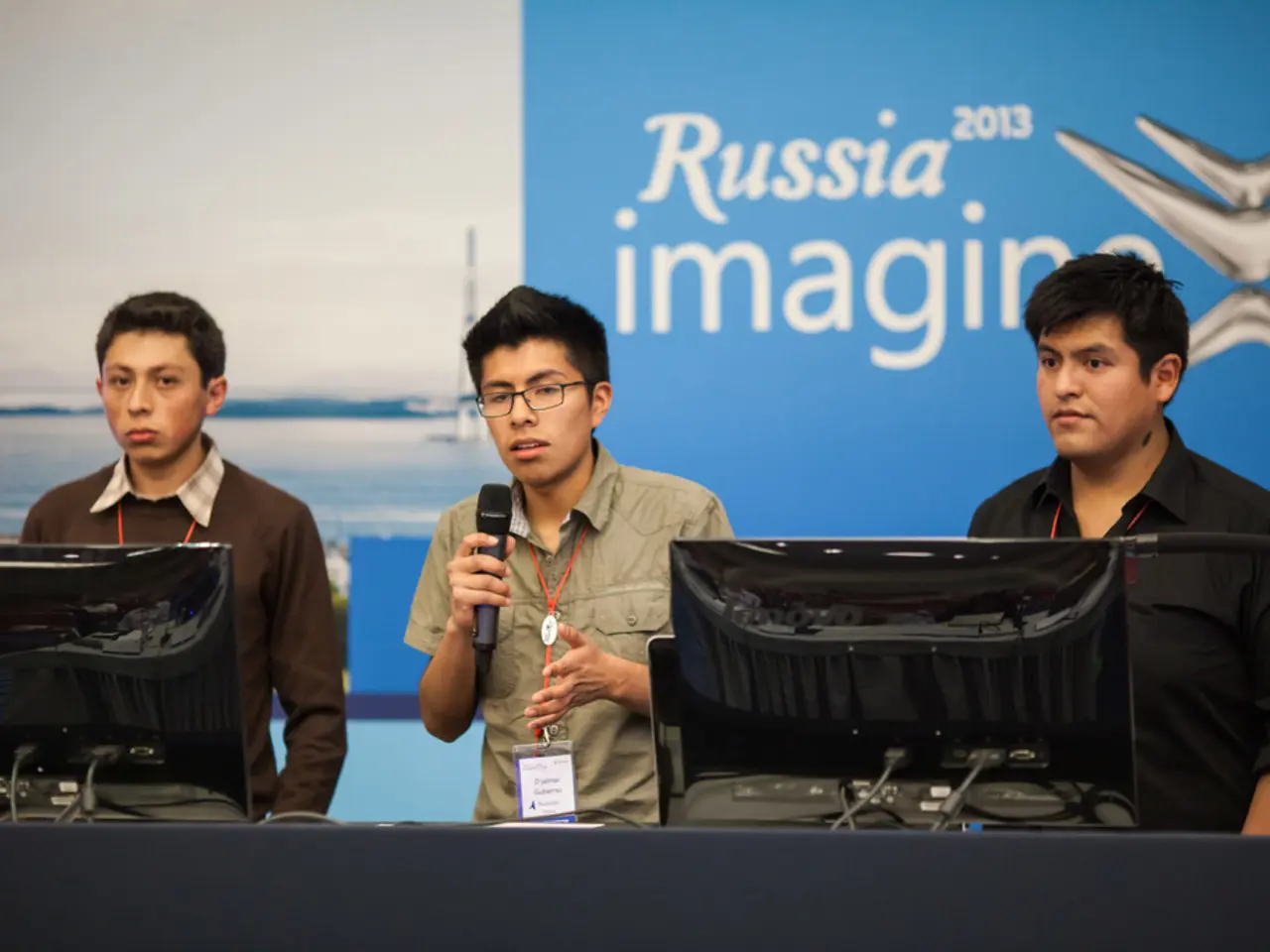Russia Sets New Method for Computing Vacation and Holiday Allowances
In a significant move to streamline labor compensation calculations, the Russian government has announced new rules for calculating average earnings for severance pay, vacation pay, and compensations. These changes will be implemented starting from September 1st, 2025, and will remain in effect until September 2031.
State Duma deputy Alexei Govyrin announced these changes, aiming to eliminate discrepancies, simplify accounting, and make payments more stable. The key effect of the new rules is adopting a fixed 30-day month convention for earnings calculations, which standardizes and simplifies the process for various work schedules.
Under the new rules, the calculation method for average earnings will change. Instead of using actual working days or hours in a specific month, averaged figures will be used. For workers with regular schedules, the average daily earnings for the past year will be multiplied by the average number of working days in a month (approximately 21.7 days), not the specific number of working days in the relevant month. For those on rotating or shift work schedules, the average hourly wage will be multiplied by the average number of working hours in a month, not the actual hours worked.
The varying number of days in each month will no longer affect the final sum under the new rules, as the formula will remain the same. For workers with short or long working schedules in months with particularly short or long working schedules, the calculation will no longer depend on the calendar.
These changes are expected to reduce the administrative burden for employers and payroll professionals by avoiding monthly day-count variation and help ensure consistent application of compensation rules for employees on different schedule types across 2025-2031.
It's worth noting that the new rules do not address the accumulation of vacation time during long sick leave. Additionally, according to Govyrin, these changes should eliminate discrepancies in calculations between companies, improving transparency and predictability in severance, vacation, and compensation payouts.
The new rules aim to make payments more stable, as stated by Govyrin, and simplify accounting is one of the aims of the new rules, as stated by the same source. These changes are not expected to affect most Russians.
In conclusion, the new Russian rules for calculating average earnings for severance pay, vacation pay, and compensations from 2025 to 2031 change the calculation method by fixing the number of days per month to a uniform value of 30 days, regardless of the actual varying number of calendar days in each month. This simplifies accounting by standardizing the calculation base across months, ultimately enhancing simplicity and uniformity in labor compensation calculations in Russia during the period from 2025 to 2031.
These new Russian rules for labor compensation calculations, as stated by State Duma deputy Alexei Govyrin, aim to simplify accounting in the finance sector by standardizing the process of calculating average earnings across business sectors and worker schedules from 2025 to 2031. Instead of using the varying number of calendar days in each month, a fixed 30-day month convention will be adopted for earnings calculations, ensuring more stable payments and uniformity in compensation rules for employees on different schedule types.




